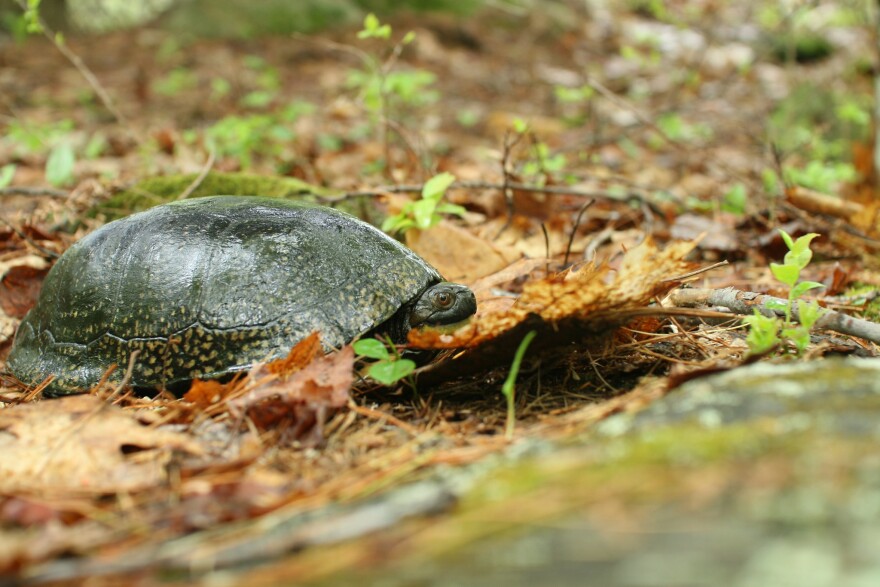State agencies say there’s room for improvement in a construction permit process designed to protect endangered species – but they’re still debating who’s responsible for enforcing and revising the recently loosened rules.
A public input session Thursday centered on what are called Alteration of Terrain permits. The state says it issues about 200 of these a year to construction projects that cover big areas of land in watersheds, to manage storm water runoff and other impacts.
Last year, the state Supreme Court ruled that the Departments of Environmental Services and Fish & Game weren't properly enforcing the part of these permits that accounts for the presence of threatened and endangered species.
Generally, the permits require an assessment by the state’s Natural Heritage Bureau and Fish & Game of possible impacts to threatened species and ways to prevent them.
This process used to require developers to have “no adverse impact” on species, but DES and Fish & Game say they haven’t historically enforced that to the letter – and asked developers to avoid, minimize or financially mitigate the impacts instead.
The state Supreme Court said that wasn’t good enough – but DES argued following the stricter standard would do too much economic harm to developers. This year, they got approval to loosen the standard, now requiring only that projects not "jeopardize a species’ continued existence."
At Thursday’s hearing, stakeholders from the construction and conservation sectors told DES and Fish & Game that the rules need clearer definitions for things like critical habitat and adverse impacts to wildlife.
“The terminology is what creates the lawsuits, and it creates people not understanding exactly what they need to do in order to get a permit,” says Gary Abbott, the head lobbyist with the Associated General Contractors of New Hampshire.

Jim O’Brien of the New Hampshire Nature Conservancy went a step further, arguing that Fish & Game should make its own formal rules to shape this process instead of relying on guidelines and the discretion of its staff and executive director.
“I just hope that Fish & Game enters into a rulemaking process, because I don’t think DES can solve the challenges here by themselves,” O’Brien says, “especially if they’re relying on the expertise of Fish & Game to advise them.”
The agencies seemed to disagree during the hearing on which had the authority to manage these concerns. Chris Aslin, the assistant state attorney general who worked on the Supreme Court case that sparked this issue, told them the permit process ultimately belongs to DES, though the related wildlife rules pertain to Fish & Game.
Other commenters raised concerns that Fish & Game doesn’t have the resources to take on a more regulatory role in the process. Some said they fear the rules are too geared toward approving projects, not denying them, even with impacts to threatened species.
State regulators will hold another hearing on the issue in October. There’s no timeline beyond that for when new rules or changes to state statute could be proposed.








